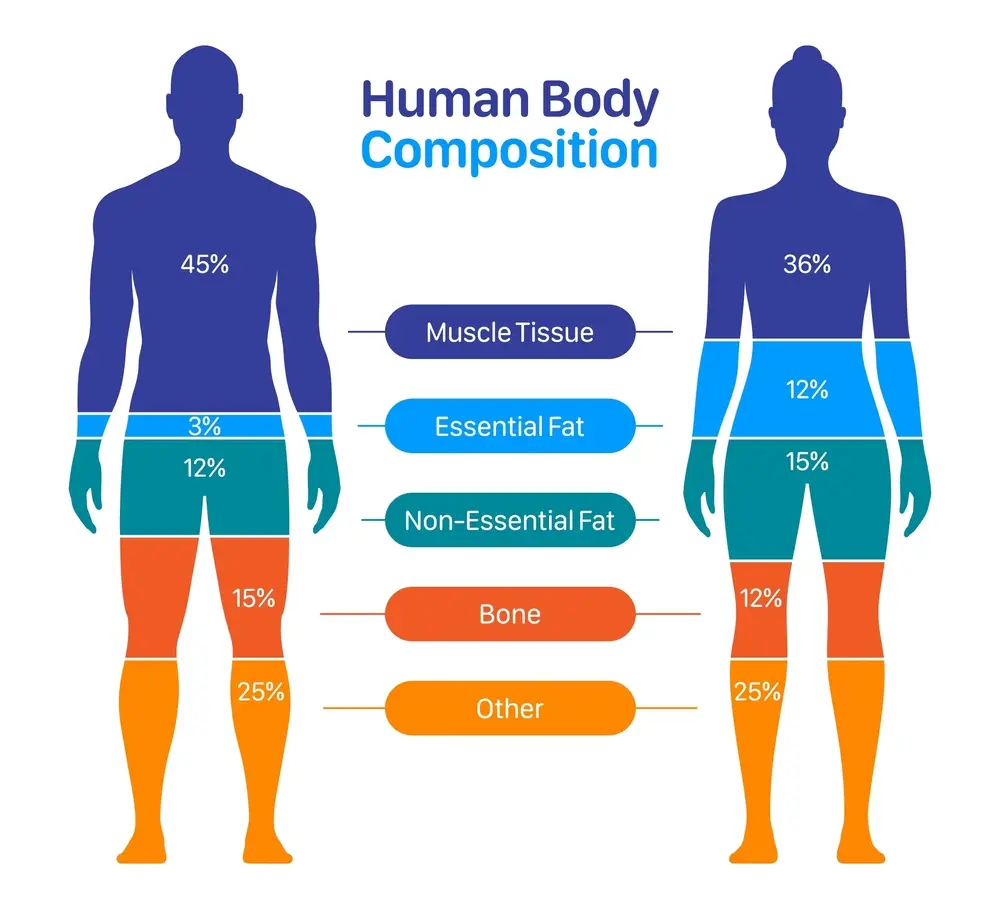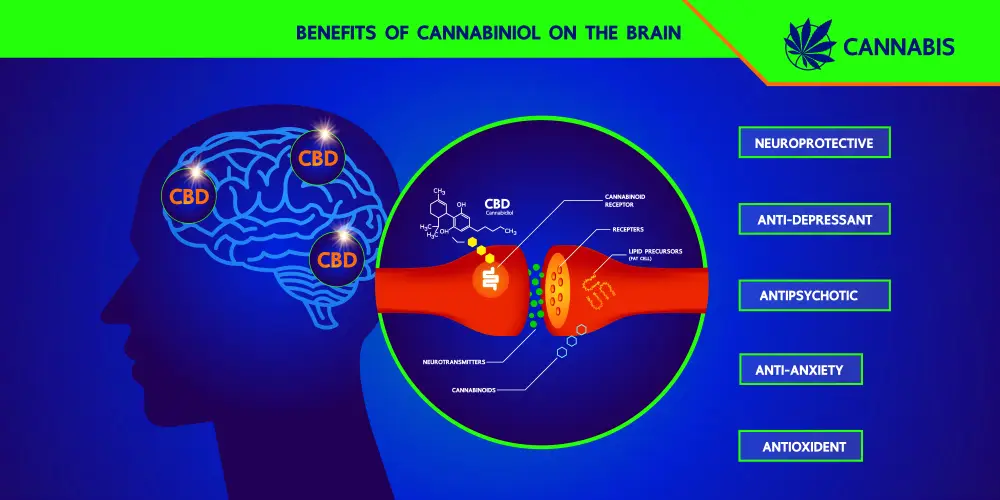Marijuana has become increasingly popular as a result of being legalized for medicinal and recreational use in many states.
As more people become familiar with the drug, they may consider it medicine that treats their condition or even use it as an alternative to alcohol for recreational purposes.
Marijuana users should understand how it may affect them.
Here are 10 ways marijuana may affect people

1. Method of Consumption
The method of consumption is one factor that influences how marijuana affects an individual. Smoking or vaping provides rapid effects, while edibles are absorbed more slowly and can produce longer-lasting, often more intense experiences.
Puffing marijuana produces effects within minutes, but those effects may only last 1-3 hours. Topical applications and tinctures offer different absorption rates and effects as well. Eating or drinking cannabis takes longer to produce effects, with peak effects occurring around 2 hours after ingestion and lasting up to 8 hours.
2. Marijuana Potency
The amount of THC and CBD in a marijuana product directly affects its potency. Higher THC levels typically result in a more potent psychoactive effect, while higher CBD levels may counteract some of the psychoactive properties of THC and provide potential therapeutic benefits.
3. Dosage and serving size
The amount of marijuana consumed plays a critical role in determining the strength and duration of its effects. A higher dose may produce more intense effects but also increase the likelihood of negative side effects, while a lower dose may provide a milder experience with fewer risks.

4. Body weight and composition
A person’s body weight and composition can impact how marijuana affects them. Higher body fat percentage may lead to slower absorption of cannabinoids, potentially causing a delayed onset of effects. Conversely, those with a lower body fat percentage may experience quicker and more intense effects.
5. Tolerance levels
Regular marijuana users may develop a tolerance to the substance, requiring higher doses to achieve the same effects. This can influence the duration and intensity of the high, as well as the potential for experiencing side effects like anxiety, paranoia, or dizziness.

6. Strength of product and dosage
The product’s strength or dosage determines how marijuana affects a person. Different products have different levels of THC (tetrahydrocannabinol), the main psychoactive compound found in cannabis plants that causes users to feel “high” or experience mind-altering sensations.
The stronger the product or dosage, the more intense the effects for each user, even if they take the same amount as someone else! New users should start small and go slow when trying out a new type or brand of cannabis product to gauge their own personal tolerance level before increasing their dosage gradually over time if needed.

7. Set and setting
The environment and mindset in which marijuana is used can significantly impact the user’s experience. A comfortable, familiar setting can help promote relaxation and reduce the likelihood of negative side effects, while high-stress or unfamiliar environments may exacerbate anxiety or paranoia.
8. Interactions with other substances
Combining marijuana with other substances, such as alcohol or prescription medications, can alter its effects. These interactions may lead to increased or decreased effectiveness, unexpected side effects, or even dangerous complications.
9. Age and experience
Age and prior experience with marijuana can influence how it affects a person. Adolescents and those with little to no experience may be more susceptible to adverse effects, while older, more experienced users may have a better understanding of their tolerance and preferred methods of consumption.

10. Mental health status
A person’s mental health can greatly impact their experience with marijuana. Many cannabis users say that it relaxes them, reduces stress and anxiety (at low doses), helps them avoid negative thoughts, improves mood, and reduces symptoms of depression. Individuals with pre-existing mental health conditions may be more susceptible to negative side effects or an exacerbation of symptoms, while others may find relief from certain symptoms.




